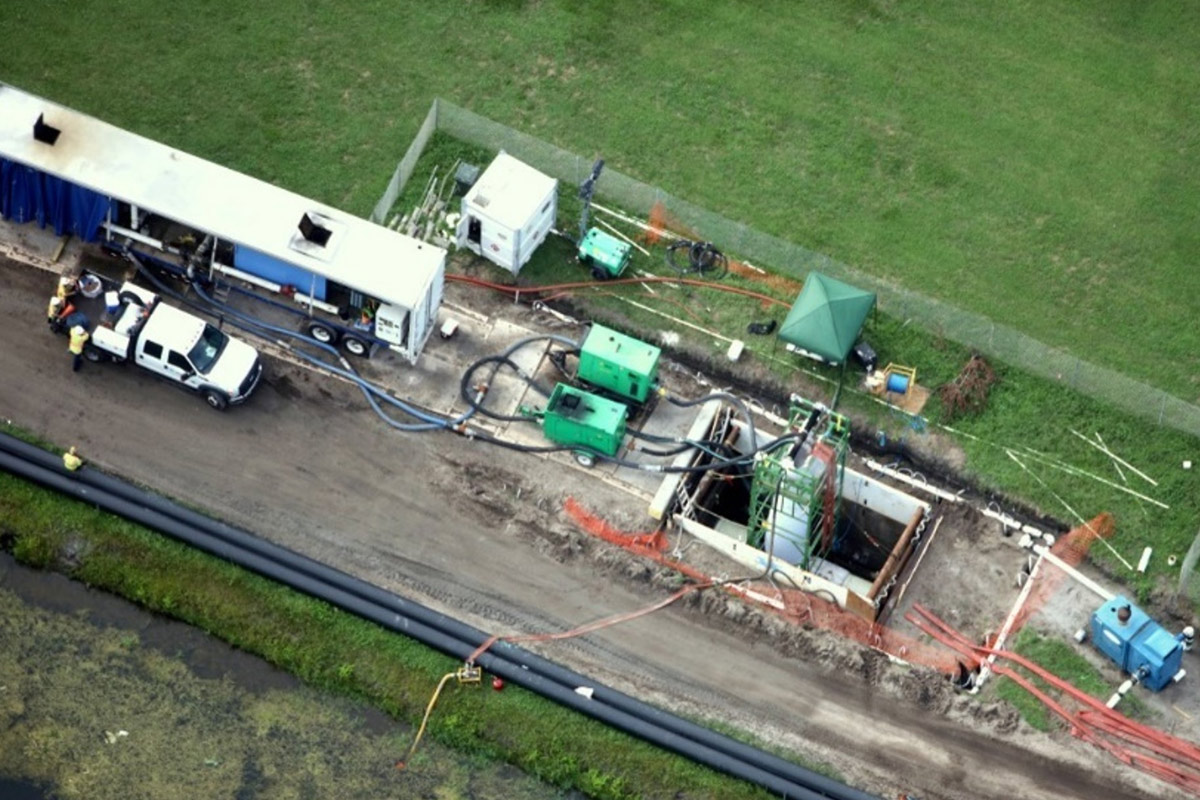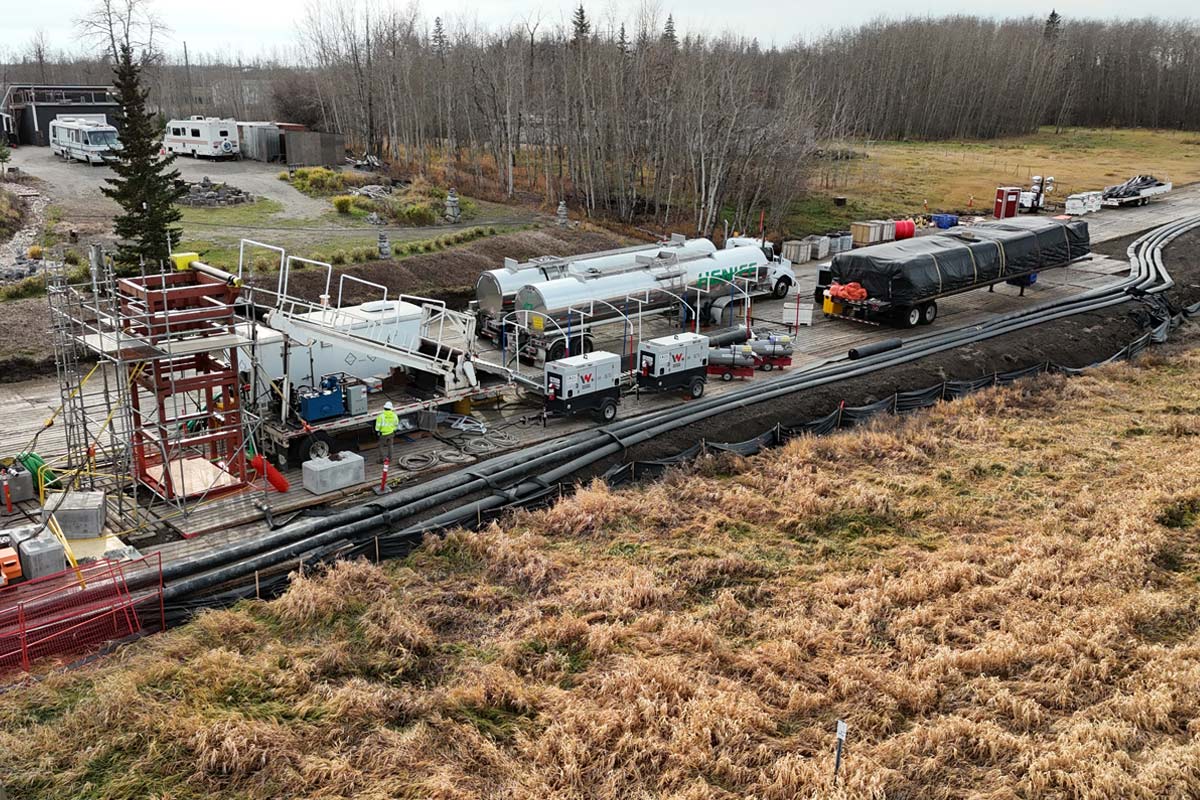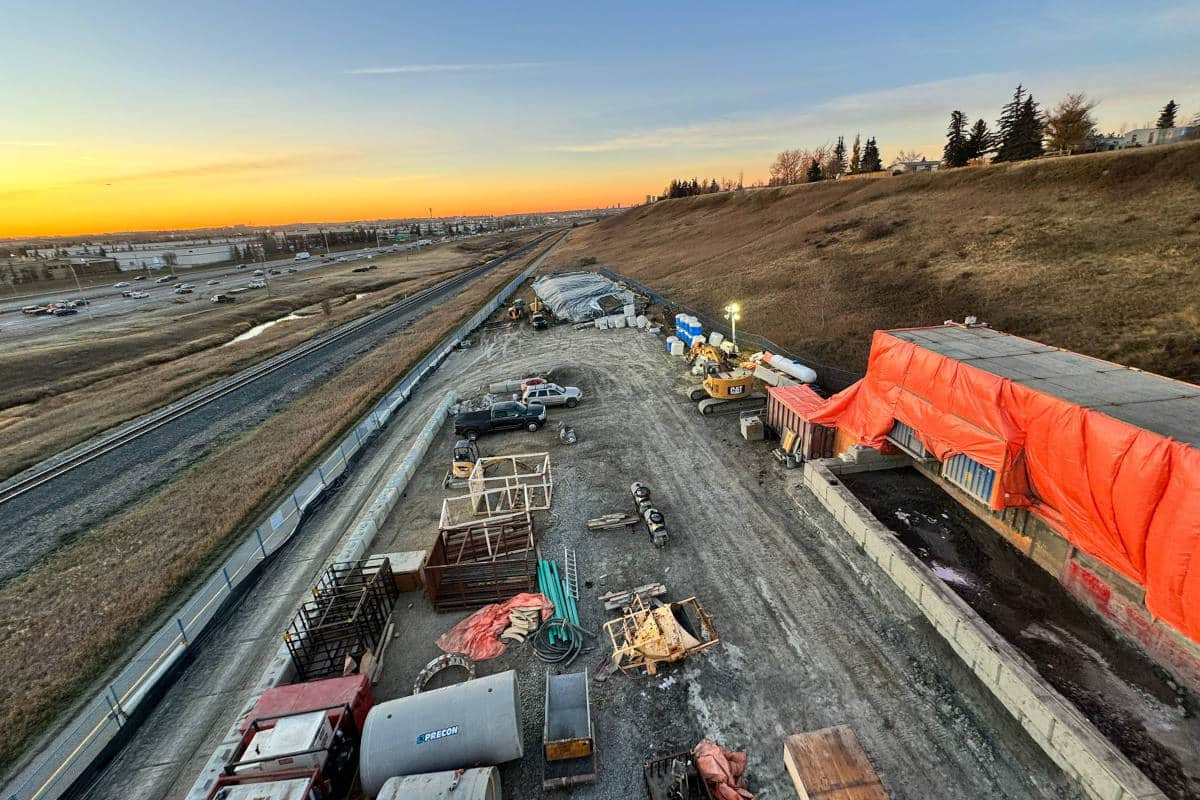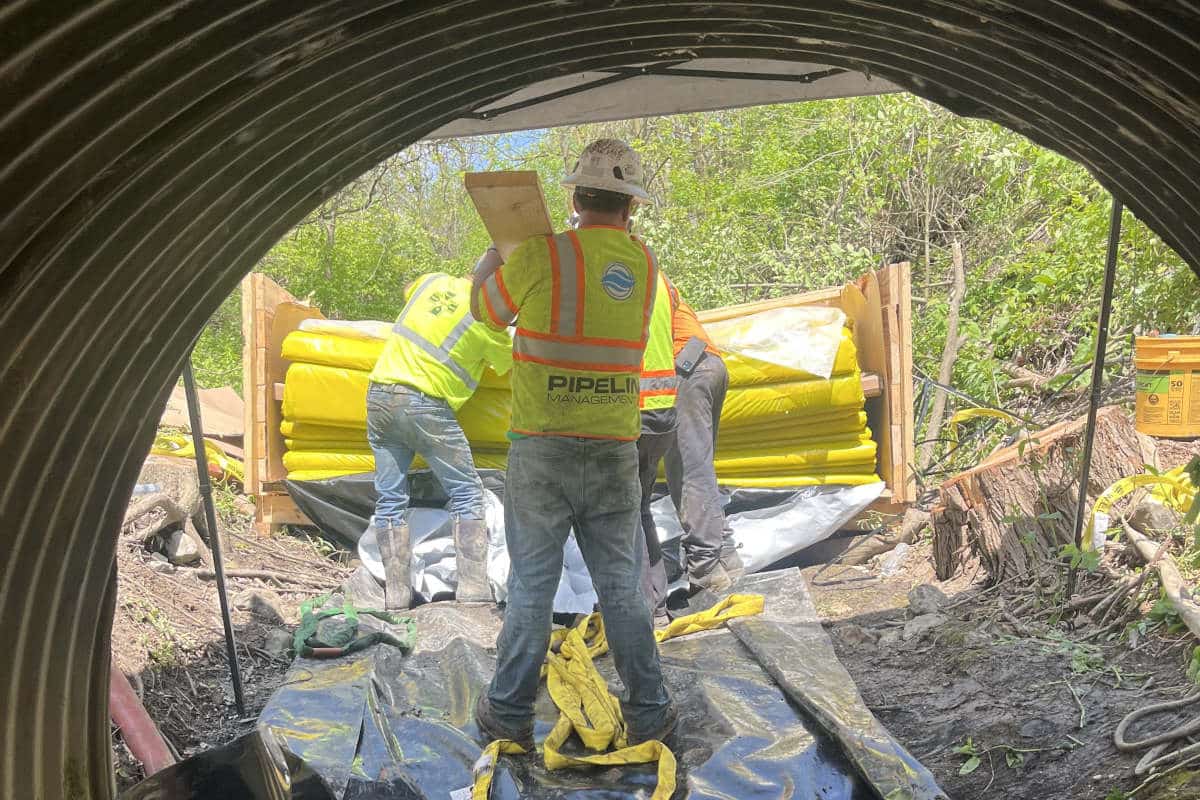
Design Considerations for Cured-in-Place Pipe
When Eric Wood invented cured-in-place pipe (CIPP), he likely had no idea of what he had stumbled on. He also likely had no idea over how wide a range of pipeline problems it would eventually be used to solve.
Wood was an agricultural engineer, working for a company that supplied equipment to the mushroom-growing industry. One of his customers was having an issue with an air duct leaking condensate onto the mushroom beds. This was attributed to a leaky pipe1. The rest, as they say, is history, as CIPP has been used to solve an ever-expanding array of pipeline problems for some 54 years.
The unique nature of the product makes the design process manageable. However, it is more than a little intimidating in some applications.
Consider that CIPP is largely manufactured on site, in a pipe, utilizing minimum construction footprint. It incorporates the fabric of a flawed or completely failed host pipe into the new pipe. The usual stated design objective is delivering a new “renovated” pipe with a design life commensurate with a conventionally installed new pipe.
The wide range of problems that can be solved is largely attributable to how diverse the CIPP components have evolved. Consider the wide array of variations for a product consisting of a tube (to impregnate with resin). There are varying installation methods for the impregnated tube and varying cure methods. There is also an ever-expanding array of base polymeric resins for impregnation.
The net result is a product that can resolve problems — some that we haven’t even thought of yet. It offers a framework that is clear, well established, and has a very successful proven track record.
5 Pillars of CIPP
The core framework for virtually all CIPP applications was documented in the proceedings of the 2022 No-Dig Show. This was in a paper written by Gumbel et al2. The framework is built on five pillars.
Read more of this story by downloading the 2025 Pipe Relining Guide here.
1Bueno, Sharon, “Trenchless Pioneers: Eric Wood”, Trenchless Technology Magazine, Jul 2023.
2Gumbel, Macey, and Osborn, “CIPP After 50 Years: A Framework to Estimate Realistic Design Life Expectations” – proceedings of No-Dig 2022




